15
Nov
Threat of Pesticides to Endangered Species Continues
 (Beyond Pesticides, November 15, 2019) The Endangered Species Coalition has released its newest annual report on the 10 U.S. species most threatened by pesticide use, Poisoned: 10 American species imperiled by pesticides. Produced with seven of its member groups, the coalition introduces the report by noting, âOur world is awash in chemicals. Weâre particularly addicted to pesticides.â It points to well-known harms, and identifies the exacerbating factors of both climate change and the Trump administration, the latter of which âdenies the reality of climate change and has dramatically changed how the Endangered Species Act (ESA) is implemented, leaving vulnerable species at far greater risk.â The introduction ends on a somewhat encouraging tone, saying that previous administrations have supported record growth in organic farming â the solution to pesticides harms that Beyond Pesticides has long endorsed â and that âany administration has the power to get us back on track and away from pesticides.â
(Beyond Pesticides, November 15, 2019) The Endangered Species Coalition has released its newest annual report on the 10 U.S. species most threatened by pesticide use, Poisoned: 10 American species imperiled by pesticides. Produced with seven of its member groups, the coalition introduces the report by noting, âOur world is awash in chemicals. Weâre particularly addicted to pesticides.â It points to well-known harms, and identifies the exacerbating factors of both climate change and the Trump administration, the latter of which âdenies the reality of climate change and has dramatically changed how the Endangered Species Act (ESA) is implemented, leaving vulnerable species at far greater risk.â The introduction ends on a somewhat encouraging tone, saying that previous administrations have supported record growth in organic farming â the solution to pesticides harms that Beyond Pesticides has long endorsed â and that âany administration has the power to get us back on track and away from pesticides.â
Impacts on wildlife linked to pesticide exposures â including mammals, bees and other pollinators, fish and other aquatic organisms, birds, and the biota within soil â have been well documented by Beyond Pesticides, and include reproductive, neurological, renal, hepatic, endocrine disruptive, and developmental anomalies, as well as cancers, in a wide range of species.
The 10 species â plus an additional âstaff choiceâ â identified in the report live, variously, in virtually every region of the continental U.S. Many of these species live in the Pacific Northwest and/or in California, but Southern, Midwestern, and mid-Atlantic states are host to some, as well. Brief descriptions of the status of each of these creatures follow.
Although exceedingly little is known about the Salado salamander (U.S. population = unknown), which was recognized as a new species only in 2000, what is known is that it is very rare (with barely more than 100 of them found during the past 30 years), and it requires clean, high-quality water for survival. It is vulnerable to impacts from glyphosate in water sources, and potentially to atrazine, as are some other amphibians, which can stunt growth, cause deformities, and impair reproductive development. The tiny known populations currently live in only a few springs in one county in Texas.
The ground-nesting streaked horned lark (population = < 2,000), whose territory used to range from southwest British Colombia to southern Oregon, is now found only along the southern Washington coast, the lower Columbia River, the southern Puget Sound lowlands, and Oregonâs Willamette Valley. It has been designated as âthreatenedâ under the Endangered Species Act. These birds are greatly affected by habitat destruction, and can be lethally affected by neonicotinoid pesticides to which they are exposed through consumption of neonicotinoid-treated seeds. Bird populations are significantly harmed by these pesticides.
Chinook salmon (population = a fraction of historic numbers) are likely a better-known species than some on this list, both for their food and commercial value, and for their traditional role in Pacific Northwest Native subsistence and cultures. These salmon start life in cold freshwater streams, then migrate to the ocean, and ultimately swim many miles (in some cases, hundreds) upstream to their natal waterways to breed and then die. This largest of the salmon has been brutally affected by development, overfishing, damming of rivers, and agricultural effluent, including pesticides. Chlorpyrifos, malathion, and diazinon are especially dangerous for the salmon; they accumulate in the fatty tissues of the fish, and can cause abnormal sexual development, and impair their swimming ability, growth, development, and reproduction. Organisms farther up the food chain â including humans â then consume these fish and whatever chemicals are stored in them. Too, chinook salmon are the major food source for orca whales; as salmon populations have plummeted, so many orcas are dying from starvation, reproductive failures, and calf mortalities, that fewer than 75 remain.
The Crotchâs bumble bee (population = unknown), like so many other pollinators, is adversely affected by pesticides and by neonicotinoids, in particular. Not only are the bees exposed to these compounds as they forage among flowers for nectar and pollen; they are also, it turns out, exposed as they overwinter in undergrounds nests. Studies have demonstrated that such exposures impair the beesâ foraging, navigational, and learning behaviors, as well as suppress immune response. Populations of the bumble bees have dropped by 76% as they have disappeared from much of their historic range in California and Mexicoâs Baja peninsula.
Another denizen of California and the Baja is the California red-legged frog (population = unknown), the largest of the western U.S. frogs, although its numbers are also reduced across much of their former range; habitat loss and pesticide pollution are among the factors threatening their welfare. Atrazine is one of the pesticides that threatens these frogs, who are especially vulnerable because their skins are permeable, so ingestion happens all over their bodies. The compound â which is also an endocrine disruptor â can alter neurotransmitters and stunt growth, cause deformities, and lead to abnormal sexual development, including hermaphroditism. The red-legged frog is considered an indicator species, meaning that its well-being is a âcanary in a coal mineâ barometer for the health of their ecosystem. As the report says, âWhen their home becomes unhealthy, so do they.â
The smallest North American fox, the San Joaquin kit fox (population = unknown), is considered an âumbrella species,â meaning that when it is protected, that protection extends to other creatures within its ecosystem. When populations declined 50 years ago because of residential and agricultural development, the fox was protected both by federal and California regulations. Since then, it has come under threat of dietary exposure to pesticides, especially those used for mosquito control and rodenticides. Roughly 10% of kit fox deaths are from pesticide exposure. When the foxes consume rodents, rabbits, voles, snakes, birds, lizards, fish, insects, or carrion, they often ingest pesticides, as well. In California, for example, 70% of mammals and 68% of birds have been exposed to rodenticides. The report warns, âToo many bites of tainted insects, birds, and mammals, and the San Joaquin kit fox could be gone forever.â
The northern spotted owl (population = 4,400) is at similar dietary risk. The owl was frequently in the news over the past few decades because of both the devastating impacts on it from logging and its ultimate 1990 protection under the ESA. But the rise in use of rodenticides has become a significant threat; the report notes that more than 70% of owls tested positive for rodenticides, to which they are exposed through poisoned prey. Rodenticide use has risen in recent years in part because of illegal marijuana cultivation in the owlâs old-growth forest habitat. Once an owl is exposed, death may come quickly, or after weeks or months of internal bleeding caused by the anti-coagulant action of most rodenticides. When contaminated owls are predated on, the toxin moves into other nontarget animals, such as bobcats, mountain lions, and those San Joaquin kit foxes.
For all the âpest controlâ activity in which bats indulge (consuming mosquitoes, crop pests, and insects that may carry diseases), as well as fertilization and seed broadcasting â humans are not doing right by these curious, nocturnal friends. The imperiled Indiana bat (population in 2017 = 560,000), along with another 14 or so bat species, is affected by white nose syndrome, a fungal infection that spreads aggressively in bat colonies during their hibernation. (The disease has killed more than 6 million bats during the last 12 years.) On top of that, when an Indiana bat consumes thousands of insects in a given night, many of those will be harboring pesticide residues, which can accumulate in its tiny body and negatively impact neurological function and immunity â making the animal more susceptible to the âwhite noseâ fungus.
The pink mucket pearly mussel (population = 2,500â100,000) is a riverine mussel that historically lived in at least two dozen rivers in the eastern U.S. Yet again, human activities in the forms of logging, mining, damming, and overharvesting (including for buttons!) noticeably diminished populations of these bivalves; they were protected, starting in 1976, under the ESA. Mussels are both an indicator species that can warn of changes in water quality, and siphon feeders that keep waters healthful by filtering out pollutants. Mussels need clean water in order for their complex reproductive cycle to produce viable offspring. Babies are extremely fragile, and vulnerable to pollution and pesticides, including atrazine, carbaryl, and diazinon. Industrial, residential, and agricultural runoff are huge threats, in part because of the omnipresent glyphosate (the active ingredient in Roundup, the most widely used pesticide, and 750 other common herbicides). Glyphosate kills baby mussels outright.
The monarch butterfly (population = 80% reduced from 20 years ago) is among the most âfamousâ of the harmed species, due to nonprofit and media coverage of its declining status; the monarch is currently being reviewed for listing under the ESA. These Olympian migrators travel hundreds or thousands of miles on their annual migrations to central Mexico and back; amazingly, it can take several generations to complete one migration. As the report notes, âThe fact that a monarch can find its way to the very home that sheltered its great-great-grandparent the winter before is one of the most astonishing feats of nature.â These ephemeral creatures are by nature fragile; their vulnerability is exacerbated by the fact that they are utterly dependent on milkweed plants. It is their only food, and it is where they lay their eggs. Milkweed has been subject to the lethal impact of, again, Roundup. The hegemony of genetically engineered seeds and their paired glyphosate herbicides across the continentâs farmlands has laid waste to milkweed. In response, monarch populations have plummeted.
The âstaff pick,â the Hineâs emerald dragonfly (population = unknown), is a green-gossamer-winged denizen of marshes and wetlands. Such habitat is particularly fragile because of its very nature as a natural filtering and recharge area. When pesticides and other pollution arrive via rainwater and runoff, they may end up being concentrated in the habitat â home to many insects and small aquatic organisms, including dragonflies. The odd lifecycle of this dragonfly â as long as four years as a nymph and a mere month or so as a flying adult â means it can be living in a fairly toxic environment for most of its life, should it survive its nymph phase.
Those looking to help wildlife affected by the pesticide chemicals in our environment and materials stream can take several kinds of action. Certainly, they should not use pesticides in homes, yard, and gardens; there are less-toxic alternatives available. Folks with green thumbs can add to biodiversity, and food and nesting resources, by planting native, pollinator- and bird-friendly plants (e.g., milkweed, lupine, echinacea, lavender, asters, and others). The public can advocate at local, state, and federal levels for stricter controls of pesticides, as well as a transition to organic agriculture and land management. More information and resources to support a nontoxic world for wildlife (and humans) can be found on the Beyond Pesticides website.   Â
All unattributed positions and opinions in this piece are those of Beyond Pesticides.
Sources: https://www.endangered.org/cms/assets/uploads/2019/11/ESC2019.pdf and https://www.endangered.org/campaigns/annual-top-ten-report/poisoned/
Â









 (Beyond Pesticides, November 14, 2019) The Environmental Protection Agency (EPA), under pressure from chemical companies,
(Beyond Pesticides, November 14, 2019) The Environmental Protection Agency (EPA), under pressure from chemical companies,  (Beyond Pesticides, November 13, 2019) Research from Germany
(Beyond Pesticides, November 13, 2019) Research from Germany  (Beyond Pesticides, November 12, 2019)Â Current USDA regulations clearly state that after a dairy farmer takes advantage of a one-time exemption to convert an existing âdistinctâ herd to organic productionâall animals brought onto the farm must have been managed organically from the last third of gestationâin the case of cows, from three months prior to birth.
(Beyond Pesticides, November 12, 2019)Â Current USDA regulations clearly state that after a dairy farmer takes advantage of a one-time exemption to convert an existing âdistinctâ herd to organic productionâall animals brought onto the farm must have been managed organically from the last third of gestationâin the case of cows, from three months prior to birth.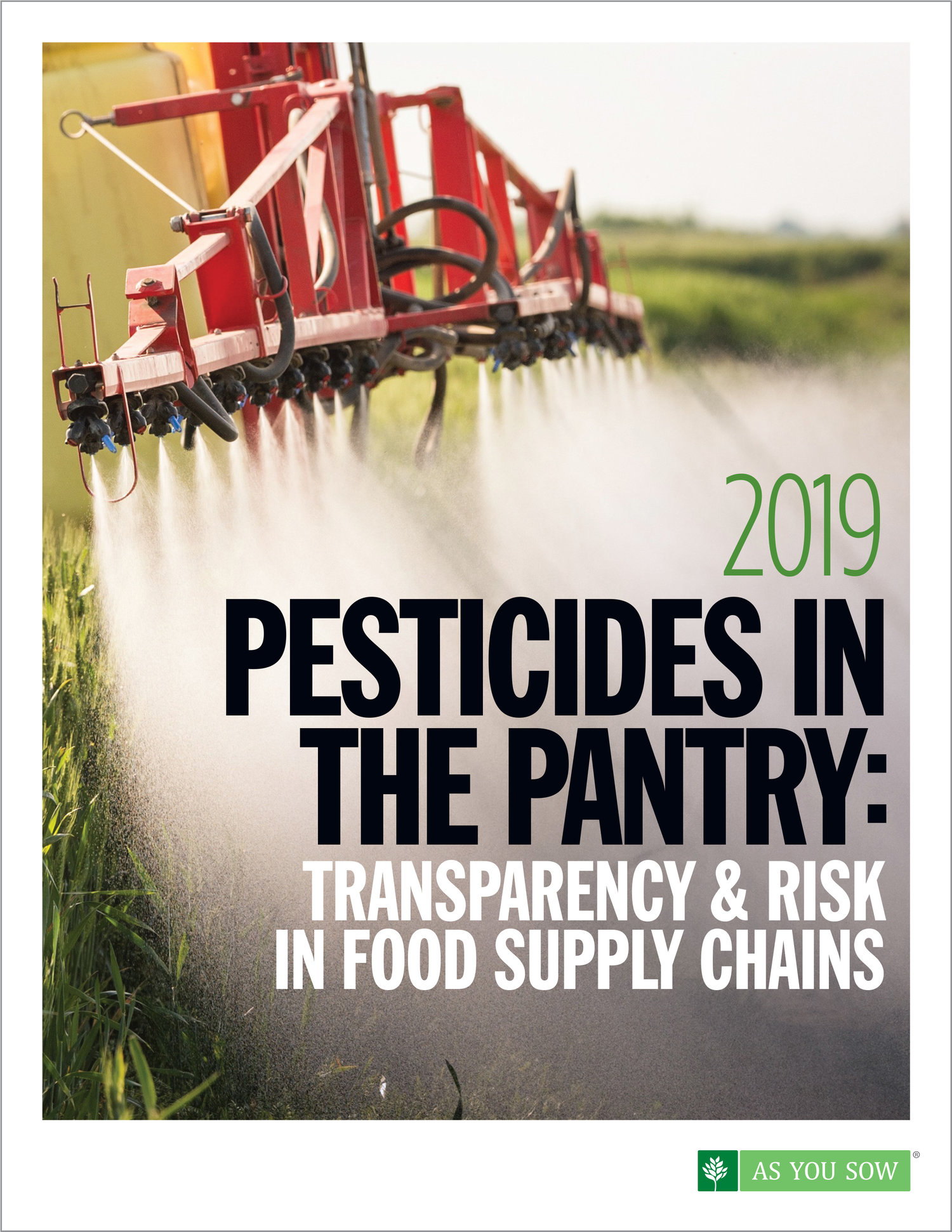 (Beyond Pesticides, November 8, 2019) A
(Beyond Pesticides, November 8, 2019) A  (Beyond Pesticides, November 7, 2018) A former employee of the Minneapolis Park and Recreation Board claims that other staff members misused and disposed of pesticides in protected areas next to Lake Harriet. The controversy comes at a pivotal moment for Minneapolis, as Minneapolis Public School District and the Park and Recreation Board are beginning a demonstration organic land management project on a number of properties. Advocates are pushing for organic land management as an alternative to chemical-intensive practices.
(Beyond Pesticides, November 7, 2018) A former employee of the Minneapolis Park and Recreation Board claims that other staff members misused and disposed of pesticides in protected areas next to Lake Harriet. The controversy comes at a pivotal moment for Minneapolis, as Minneapolis Public School District and the Park and Recreation Board are beginning a demonstration organic land management project on a number of properties. Advocates are pushing for organic land management as an alternative to chemical-intensive practices. (Beyond Pesticides, November 6, 2019) Between 1981 and 1992, Japanese fishers annually reaped an average of 240 tons of smelt from Lake Shinji. After 1993, their nets turned up about 22 tons â a 90% drop in their yield. Eel catches dropped by 74%. New research, published in the journal
(Beyond Pesticides, November 6, 2019) Between 1981 and 1992, Japanese fishers annually reaped an average of 240 tons of smelt from Lake Shinji. After 1993, their nets turned up about 22 tons â a 90% drop in their yield. Eel catches dropped by 74%. New research, published in the journal  (Beyond Pesticides, November 5, 2019) Herbicide use is associated with an increased risk of developing cutaneous melanoma, a skin cancer, according to a meta-analysis published last month in the
(Beyond Pesticides, November 5, 2019) Herbicide use is associated with an increased risk of developing cutaneous melanoma, a skin cancer, according to a meta-analysis published last month in the  (Beyond Pesticides, November 4, 2019)Â In recognition of the harm that climate change is causing to communities, the U.S. House of Representatives formed the Select Committee on the Climate Crisis to âinvestigate, study, make findings, and develop recommendations on policies, strategies, and innovations to achieve substantial and permanent reductions in pollution and other activities that contribute to the climate crisis, which will honor our responsibility to be good stewards of the planet for future generations.â
(Beyond Pesticides, November 4, 2019)Â In recognition of the harm that climate change is causing to communities, the U.S. House of Representatives formed the Select Committee on the Climate Crisis to âinvestigate, study, make findings, and develop recommendations on policies, strategies, and innovations to achieve substantial and permanent reductions in pollution and other activities that contribute to the climate crisis, which will honor our responsibility to be good stewards of the planet for future generations.â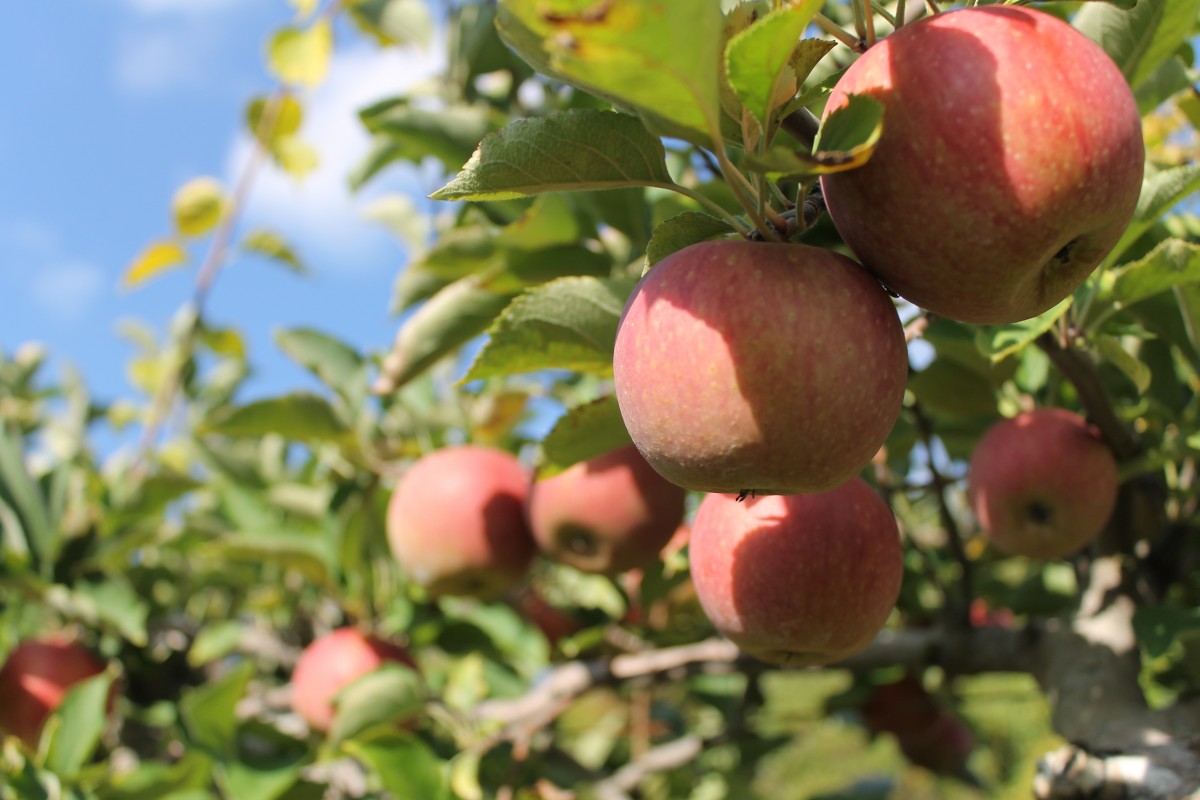 (Beyond Pesticides, November 1, 2019)Â The recently published report
(Beyond Pesticides, November 1, 2019)Â The recently published report  (Beyond Pesticides, October 31, 2019) Last week the U.S. District Court in San Francisco ruled that the Environmental Protection Agency (EPA) must assess the risk eight toxic pesticides pose to protected organisms:
(Beyond Pesticides, October 31, 2019) Last week the U.S. District Court in San Francisco ruled that the Environmental Protection Agency (EPA) must assess the risk eight toxic pesticides pose to protected organisms:  (Beyond Pesticides, October 30th, 2019) This month, the Thai government moved to ban some toxic chemicals out of concern for the health of its residents and environment. In response, U.S. Department of Agriculture (USDA) Undersecretary Ted McKinney sent a document to Thailandâs Prime Minister Prayuth Chan-ocha pushing back on their plan. As the Thai government makes changes to protect the health and represent the will of the people, the U.S. acts on behalf of its allegiance to agrichemical companies on an international stage.
(Beyond Pesticides, October 30th, 2019) This month, the Thai government moved to ban some toxic chemicals out of concern for the health of its residents and environment. In response, U.S. Department of Agriculture (USDA) Undersecretary Ted McKinney sent a document to Thailandâs Prime Minister Prayuth Chan-ocha pushing back on their plan. As the Thai government makes changes to protect the health and represent the will of the people, the U.S. acts on behalf of its allegiance to agrichemical companies on an international stage.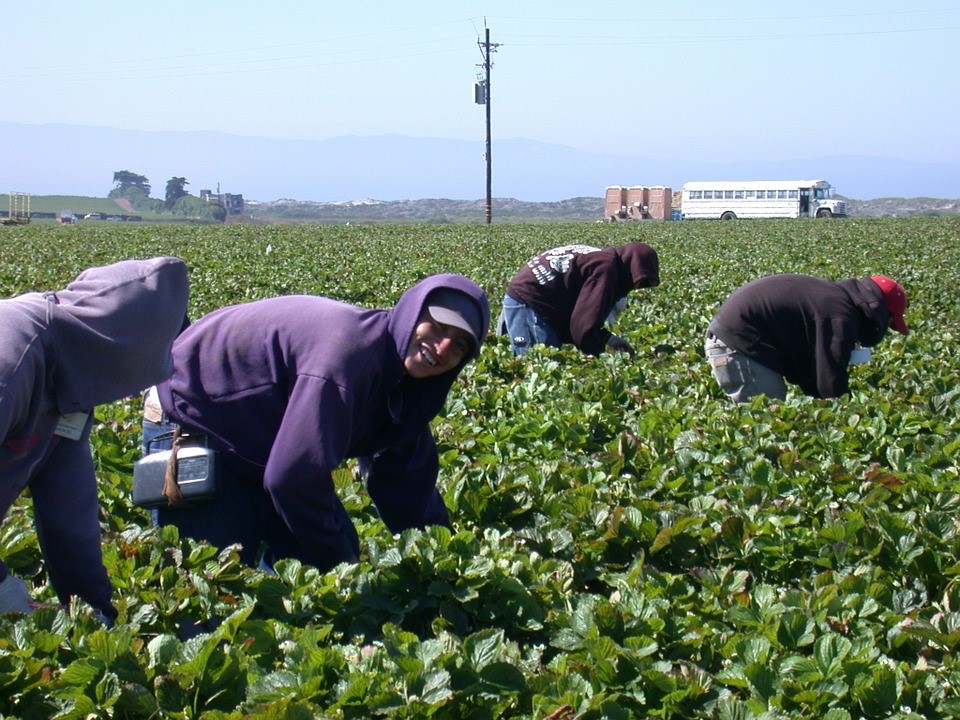 (Beyond Pesticides, October 29, 2019) The U.S. Environmental Protection Agency is proposing changes to the way farmworkers and bystanders are protected from toxic pesticide applications, per
(Beyond Pesticides, October 29, 2019) The U.S. Environmental Protection Agency is proposing changes to the way farmworkers and bystanders are protected from toxic pesticide applications, per  (Beyond Pesticides, October 27, 2019) The spraying of toxic herbicides for weed control on campuses exposes students, workers and the general public to chemicals linked to health problems such as cancer and reproductive issues.
(Beyond Pesticides, October 27, 2019) The spraying of toxic herbicides for weed control on campuses exposes students, workers and the general public to chemicals linked to health problems such as cancer and reproductive issues. (Beyond Pesticides, October 25, 2019)
(Beyond Pesticides, October 25, 2019)  (Beyond Pesticides, October 24, 2019) Fish and fruit are undoubtedly healthy foods, but modern-day contamination is leading scientists to caution pregnant mothers and young children to stick within current dietary guidelines, or switch to organic, in order to avoid adverse health effects. This new public health message is based on research
(Beyond Pesticides, October 24, 2019) Fish and fruit are undoubtedly healthy foods, but modern-day contamination is leading scientists to caution pregnant mothers and young children to stick within current dietary guidelines, or switch to organic, in order to avoid adverse health effects. This new public health message is based on research 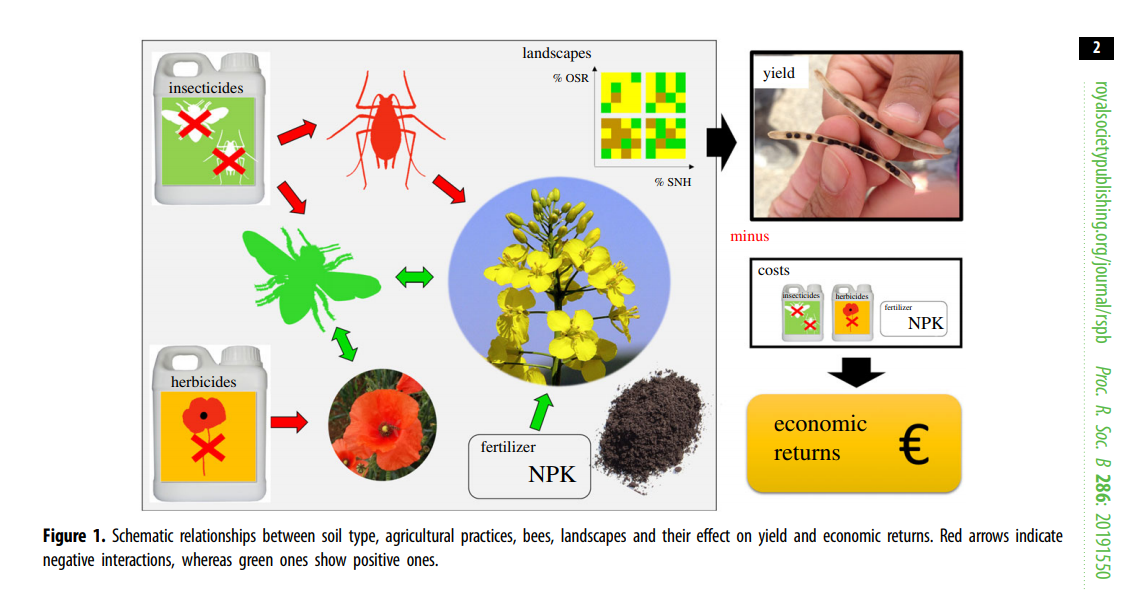 (Beyond Pesticides, October 23, 2019) Bees provide benefits to farmers that outweigh synthetic inputs, according to a
(Beyond Pesticides, October 23, 2019) Bees provide benefits to farmers that outweigh synthetic inputs, according to a  (Beyond Pesticides, October 22, 2019) Last week, legislators in a New Hampshire House subcommittee passed a bill to restrict the use of pesticides implicated in the decline of pollinator populations. HB 646, dubbed the Saving New Hampshireâs Pollinators Act, will now go to executive session on November 7 for final approval prior to a full vote by the New Hampshire House of Representatives.
(Beyond Pesticides, October 22, 2019) Last week, legislators in a New Hampshire House subcommittee passed a bill to restrict the use of pesticides implicated in the decline of pollinator populations. HB 646, dubbed the Saving New Hampshireâs Pollinators Act, will now go to executive session on November 7 for final approval prior to a full vote by the New Hampshire House of Representatives.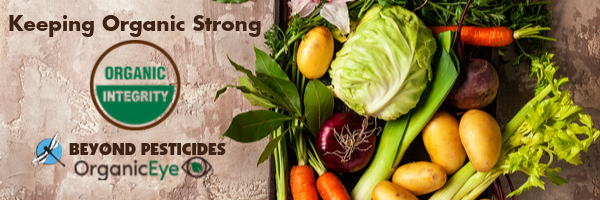 (Beyond Pesticides, October 20, 2019)Â USDAâs National Organic Standards Board (NOSB) should remove nonorganic celery powder from the National List of Allowed and Prohibited Substances for use in organic food production.
(Beyond Pesticides, October 20, 2019)Â USDAâs National Organic Standards Board (NOSB) should remove nonorganic celery powder from the National List of Allowed and Prohibited Substances for use in organic food production. (Beyond Pesticides, October 18, 2019)Â The U.S. Environmental Protection Agency
(Beyond Pesticides, October 18, 2019)Â The U.S. Environmental Protection Agency  (Beyond Pesticides, October 17, 2019) The U.S. Environmental Protection Agency (EPA) is downplaying the connection between exposure to the herbicide paraquat and the development of Parkinsonâs disease, per
(Beyond Pesticides, October 17, 2019) The U.S. Environmental Protection Agency (EPA) is downplaying the connection between exposure to the herbicide paraquat and the development of Parkinsonâs disease, per 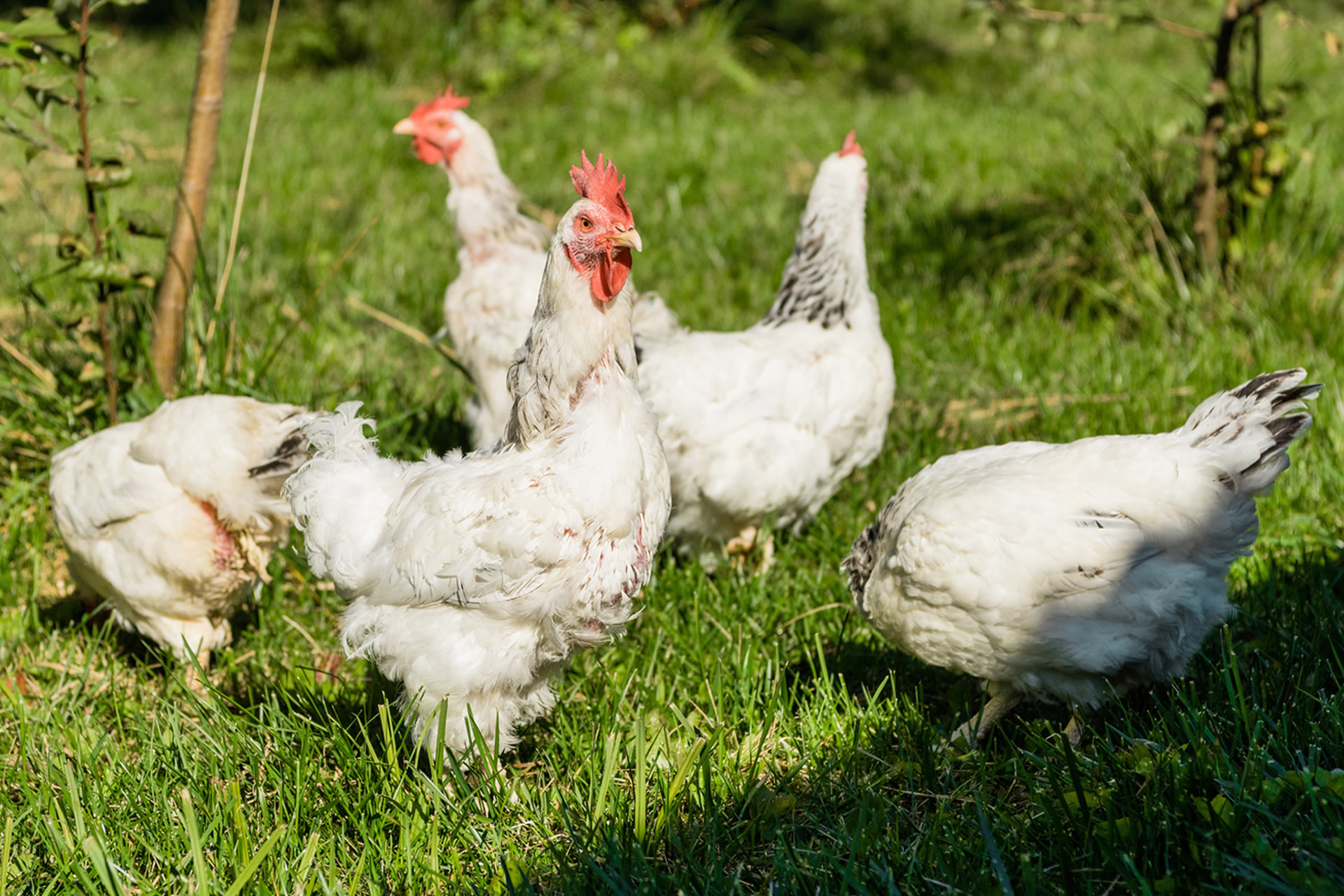 (Beyond Pesticides, October 16, 2019) Organic poultry is far less likely than conventionally raised meats to contain antibiotic-resistant Salmonella, according to
(Beyond Pesticides, October 16, 2019) Organic poultry is far less likely than conventionally raised meats to contain antibiotic-resistant Salmonella, according to 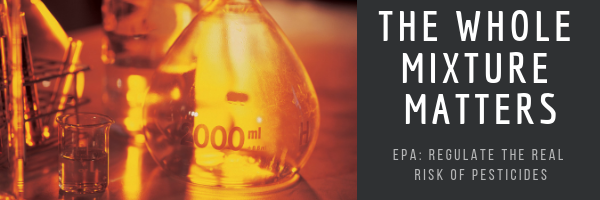 (Beyond Pesticides, October 15, 2019)Â
(Beyond Pesticides, October 15, 2019)Â 
